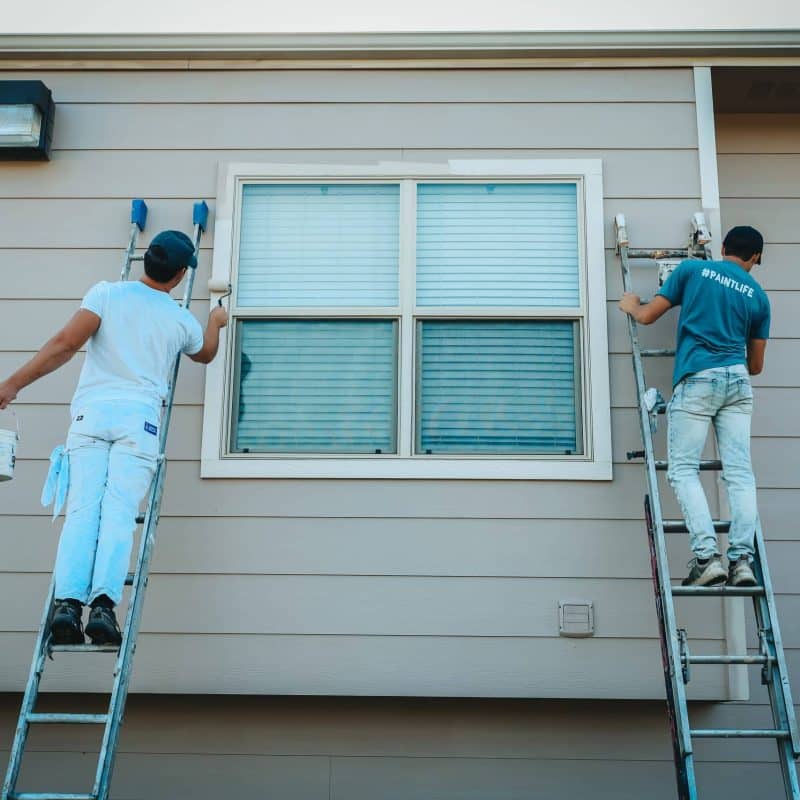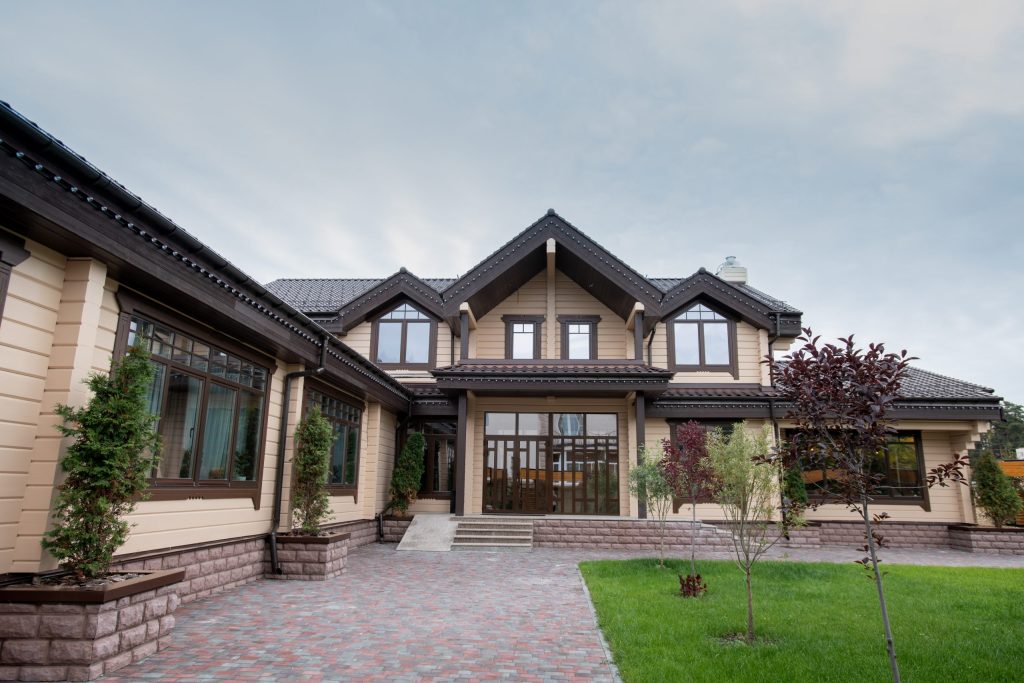
To Paint or Not to Paint Over Old Layers? Here's What You Need to Know
When it comes to the topic of painting, particularly when you’re considering whether to paint over old layers, homeowners often find themselves at a crossroads. This article will delve deep into the nuances of this decision, guiding you through the considerations, benefits, and pitfalls of painting over existing layers. Whether you're contemplating a DIY project or seeking exterior house painting services, this comprehensive guide is designed to equip you with all the information necessary for making an informed choice.
Understanding Old Paint Layers
What Are Old Paint Layers?
Old paint layers refer to previously applied coats of paint on walls or surfaces. These can accumulate over time due to multiple repainting jobs. Understanding what these layers consist of and their condition is crucial before deciding whether to apply a new coat.
Why Do We Have Multiple Layers?
Many factors contribute to having multiple paint layers:
- Aesthetic Changes: Homeowners frequently change colors or styles.
- Wear and Tear: Previous coatings may deteriorate due to weather conditions.
- Surface Protection: Multiple layers can protect against moisture and UV damage.
Types of Old Paint
Identifying the type of old paint is essential. Here are some common types:

To Paint or Not to Paint Over Old Layers? Here's What You Need to Know
The pivotal question when considering a home renovation project is whether you should paint over old layers or strip them away entirely. Each option has its merits and drawbacks that can significantly affect the outcome of your project.
Pros of Painting Over Old Layers
- Skipping the stripping process saves time.
- Ideal for those on tight schedules.
- Reduces labor costs associated with removal.
- Less material needed compared to starting fresh.
- Maintains original surfaces that may be in good condition.
Cons of Painting Over Old Layers
- New paint may not adhere properly if old layers are peeling or flaking.
- The underlying color might bleed through, affecting the final appearance.
- Compromised integrity if the existing layer is damaged can lead to premature failure.
Assessing the Condition of Existing Layers
Before making any decisions, it's vital to assess the condition of your current paint job:
Signs Your Paint Needs Attention
- Cracking or peeling
- Blistering
- Staining
- Mold growth
How to Inspect Your Walls Properly
Preparing Surfaces Before Painting
Preparation is key in any painting job, especially when dealing with old layers:
Cleaning Techniques for Old Surfaces
Ensure surfaces are free from dirt, grease, and mildew before painting:
- Use soap and water for general cleaning.
- Apply vinegar solutions for mold problems.
Sanding vs. Stripping Old Paint
Sanding
Sanding can help smooth out imperfections but might be time-consuming:
- Use medium-grit sandpaper (80-120 grit).
Stripping
Stripping removes old paint completely but involves chemical use:
- Consider eco-friendly options like soy-based strippers.
Choosing the Right Type of Paint for Your Project
Using appropriate materials will ensure a successful outcome:
5 Steps in Choosing New Paint
Professional House Painters vs DIY Approach
While DIY projects have their appeal, hiring professionals may save you headaches in the long run:
Pros of Hiring Professional House Painters
Cons of Hiring Professionals
FAQs About Painting Over Old Layers
1. Can I just paint over old paint without sanding?
Yes, but it depends on the condition of the existing layer; proper adhesion must be ensured.
2. Will new paint cover stains from old layers?
Most high-quality paints have stain-blocking properties; however, severe stains may require priming first.
3. How do I know if my old paint contains lead?
Homes built before 1978 may contain lead-based paints; consider conducting testing through certified professionals.

4. Is it worth hiring exterior painters near me?
If you're looking for quality results without spending excessive time, hiring professionals can be beneficial.
5. How often should I repaint my house?
Generally speaking, every 5-10 years depending on exposure conditions and paint quality used initially.
6. Can I use different types of paints together?
Mixing different types (latex over oil) can lead to adhesion problems; always check compatibility before proceeding.
Conclusion
Deciding whether "To Paint or Not to Paint Over Old Layers?" is indeed a multifaceted question that requires careful consideration of various factors including existing surface conditions, cost implications, and desired aesthetics among others discussed above throughout this guide tailored specifically for homeowners facing this dilemma house painters near me today!
For those who prefer professional help rather than taking a DIY approach into their own hands—searching terms like "exterior painters near me" or "painting contractors near me" could yield great assistance from experienced individuals who understand intricacies involved within these projects!
Remember that no two homes are alike! Thus evaluating unique characteristics specific towards each situation helps make informed choices leading ultimately toward satisfaction post-completion—a goal every homeowner deserves!
This extensive guide aims at providing insights & expertise necessary regarding potential challenges faced during renovations involving older painted surfaces while emphasizing importance behind preparation techniques ensuring beautiful outcomes achieved regardless route taken moving forward!
